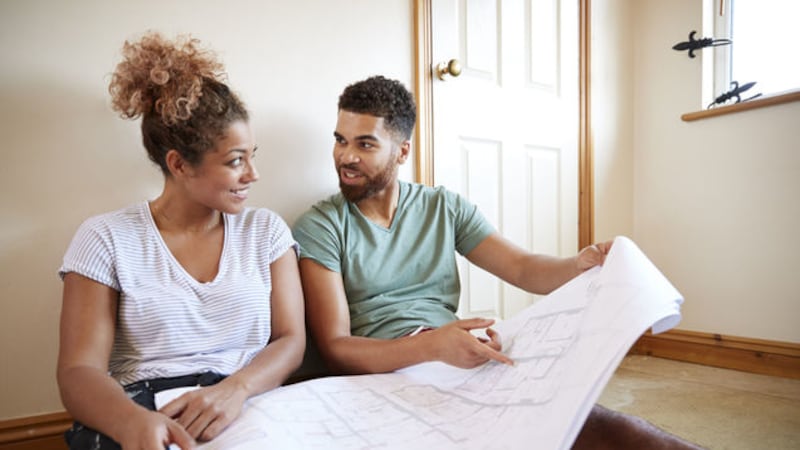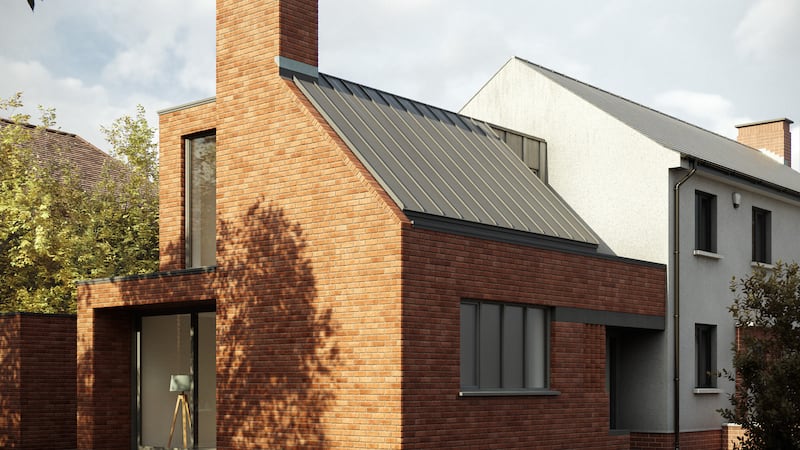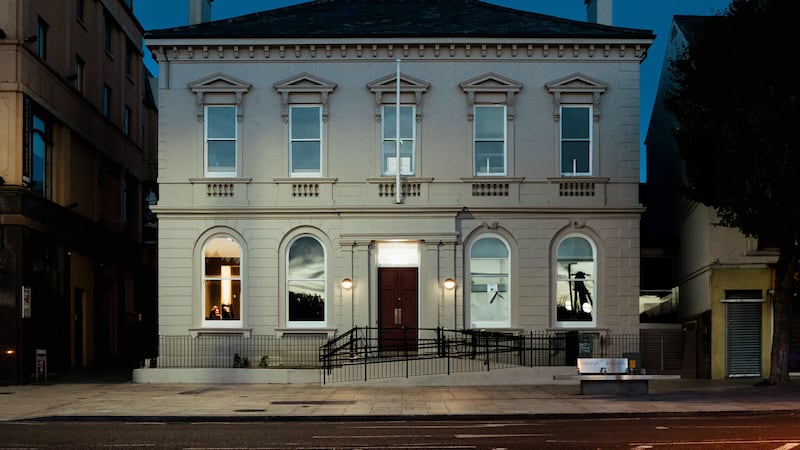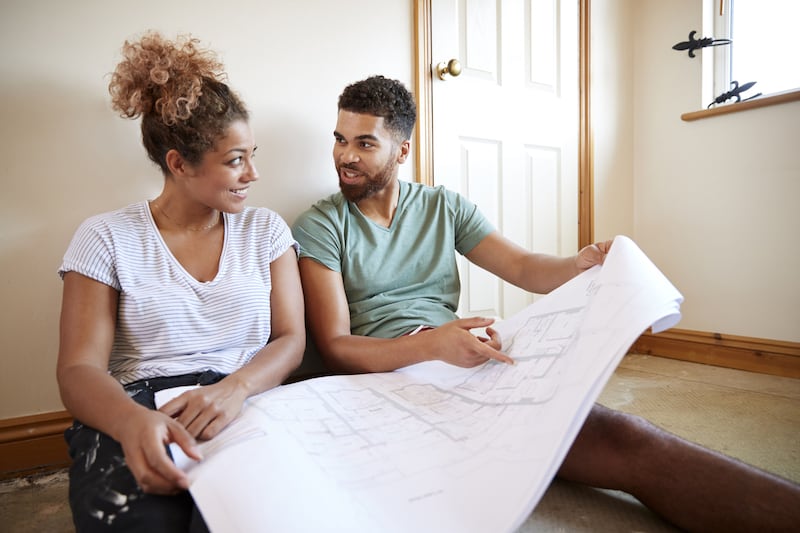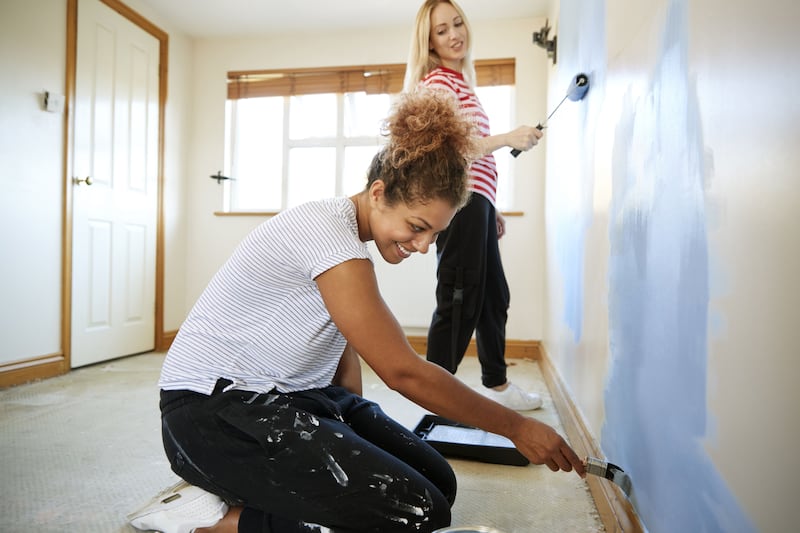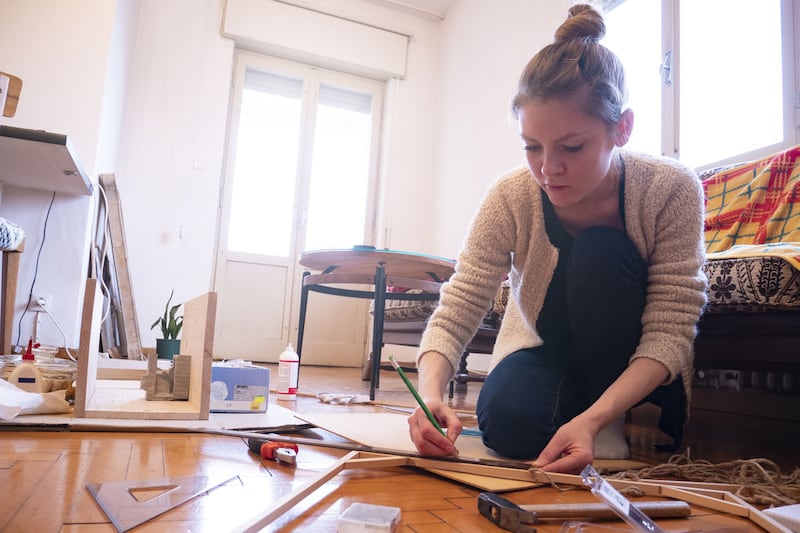As the housing market has slowed down in some parts of the UK, many homeowners are choosing to improve their existing property, rather than move - and new research from Post Office Money suggests you can potentially add significant value by doing so.
“Over the past few years, house price growth has slowed, so homeowners have turned to other options to add value to their homes - with renovations being a clear opportunity,” says Chrysanthy Pispinis from Post Office Money says.
Before you get started though, it’s important to carefully weigh up all the costs involved - which could outweigh any value that may be added.
Here’s a look at how people are funding home improvements, the value they may potentially add, and how to stop costs ballooning out of control...
How much are homeowners spending?
According to Post Office Money’s research, nearly two-thirds (64 per cent) of homeowners have made improvements to their properties over the past five years, spending £14,015 on average.
The costs can stack up differently depending on whether you’re using savings or borrowing cash, which could mean significant interest charges. In order to fund renovations, three-quarters (74 per cent) of home-improvers used their savings, one in six (16 per cent) used a personal loan or credit card, while one in 16 (6 per cent) used equity release or mortgages, Post Office Money found.
A separate study also suggests some costs may be increasing. Shawbrook Bank says analysis of its loan data shows the average size of a home improvement loan has increased by 16 per cent, when comparing the first quarter of 2019 with the same period for 2018. The bank suggests this could be partly due to fluctuations in sterling and increases in the cost of imported goods and raw materials.
So how much, generally speaking, can home improvements add to the value of a home?
Post Office Money says analysis based upon the average price tag on a three-bed semi-detached home in the UK (£286,000) found properties with certain home improvements were on the market for around 19 per cent higher than the average asking price.
Though, while this is an indicator of the value that home improvements can add, it’s important to bear in mind that the price a homeowner wants for their property isn’t necessarily the price they’re going to get - and what may be a desirable renovation for buyers in one part of the UK, may be less attractive elsewhere.
If you’re renovating with eventually selling up in mind, local estate agents may be able to give some pointers on what features buyers are looking for in your area.
How much could different home improvements help boost value by?
Post Office Money’s research searched properties on Zoopla, as well as home renovation websites, to estimate the cost of a typical home improvement. It found, for example, that properties boasting a landscaped garden were particularly likely to have much higher price tags than average.
The estimated cost of garden landscaping was £2,750, although this could vary hugely depending on the extent of the renovation. It also found that properties with a landscaped garden - as well as other attractive features which would potentially push up a home’s value - tend to be on the market for 77 per cent above average house prices.
Meanwhile, the cost of an extension was put at £80,000, and homes with this feature were typically listed for sale for 37 per cent above average prices. A new kitchen was estimated to cost £7,500 (properties with this feature were being marketed for 26 per cent above the average house price).
How can home-improvers keep on top of their costs?
Here are some tips from Paul Went, managing director of the consumer division at Shawbrook Bank, for financing home improvements:
1. Set yourself a clear budget and think carefully about all the costs involved.
2. Take time to explore different financing options to decide which is best for you - whether it’s by using savings or by borrowing.
3. If you’re borrowing money, shop around to find the best rates and keep abreast of how potential changes to interest rates may affect your costs in the long-term.
4. Consider seeking a professional valuation to help understand what the potential return on investment might be from the renovations you have planned.
5. Keep your insurer informed of any home improvements or renovations to ensure that your current policy covers any changes in the value of your property.
